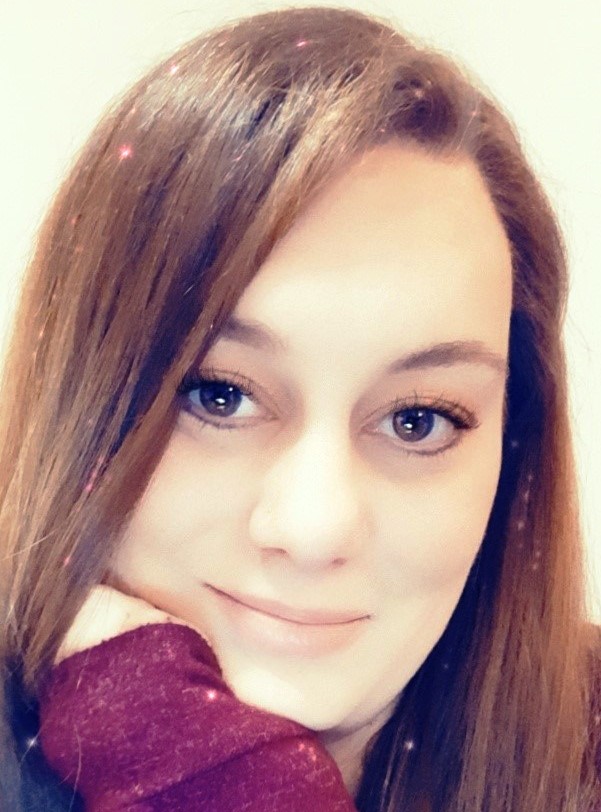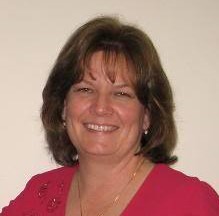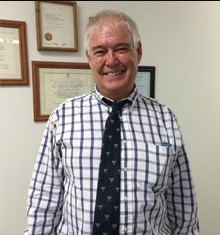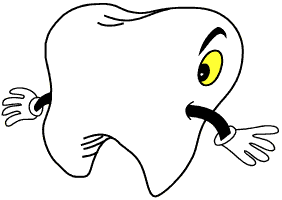 |
||||||||||||||||||
|
|
||||||||||||||||||
|
◄ Back to What´s New At Savon - Monthly Newsletter Home Page January 2021 NewsletterWhat´s New at Savon
Quote Of The Month: “On the bright side, thanks to lockdown we never got used to writing 2020 on things, so 2021 should come easier.” (Author Unknown) Congratulations To: To Your Health With Jourdin Hendershot: New Year… New You! Welcome 2021!
Remember, you do not have to do these all at one time. Start slow and once you start feeling comfortable, add in a new exercise or increase your repetitions. This is not a race; it is your journey to being active and healthy! If you have questions you would like to discuss with Jourdin, feel free to drop her an email by clicking here. Grandma´s Kitchen With Grandma C.: Cheesy Keto Cauliflower Bites
Let stand for 5 minutes. Grease the bottom of a mini muffin tin. Add approximately 1 TBSP of mixture to each muffin cup. Sprinkle some extra shredded cheese on top. Bake 15 minutes until edges are golden brown. Let stand for 5 minutes, then pop them out and enjoy! These cauliflower bites taste very similar to tater tots! Recipe makes 24-36 small bite-sized snacks. Enjoy! And remember, if it looks and smells good, eat it!! If you have a recipe that you would like to share with Grandma C., drop her an email by clicking here.
Crazy, Zany Facts We Bet You Didn´t Know
Dental Talk - A Member Blog Forum:
These are just a few of the topics. Our blog site contains many other interesting topics. Please join us!! Questions From Our MembersE. DeLong of Queens, New York asks:“Why would one dentist tell me I need a crown and another dentist tell me I only need a filling? It seems like someone is trying to sell me something that I don´t really need.” Savon’s AnswerDentistry, as is general medicine is called a practice. The reason it´s called this is because it´s and on-going learning experience, hence… “practice.” The dentist is a person. just like you and me. The only difference is their training. The problem with the practice of dentistry is that the doctors practice what they have been taught in dental school.The difference in the diagnosis from one dentist to another most likely can be attributed to what dental school they studied at. East coast and west coast dental schools tend to teach a more aggressive style of diagnosing where midwest, southwest and southern dental schools teach a more conservative style. I have found, for the most part, that the dentist has virtually no knowledge of your finances, insurance or dental plan. They are simply telling you what they think you need and they leave the finances up to the office manager or treatment manager. If you feel that you have been over diagnosed don´t hesitate to ask questions. After all, it´s your mouth and your money. Tooth Talk With Tommy The Wisdom Tooth More than 6M likely without dental coverage due to COVID-19A Reprint of a September 2020 article by Melissa Busch, DrBicuspid.com assistant editor
In August, the unemployment rate was 8.4%, and 13.6 million people were unemployed. Though this was the fourth consecutive month in which that number decreased, it's still higher than it was in February right before many states shut down due to COVID-19. In February, the unemployment rate was 3.5%, and 5.8 million were unemployed. Despite these gloomy figures, 22,000 people have returned to the dental workforce, according to statistics released on September 4 by the U.S. Bureau of Labor Statistics. Dentistry's recovery has pretty much leveled off at about 80% of pre-COVID-19 levels, and industry experts have been waiting and watching to see exactly how the rising unemployment rate will affect dental practices. They also have been worried about how the pandemic may widen the gaps in care for underserved populations. The COVID-19 pandemic may lead to about one-fifth of Medicaid providers in private practice disenrolling from the program, according to recent data from the ADA's Health Policy Institute (HPI). Number crunching Using previously applied econometric estimates, the researchers estimated changes in dental insurance coverage at the state level. A microsimulation model and national practice survey data were used to project the types of dental procedures performed at dental practices in the U.S. Changes in emergency department visits for dental problems were estimated by fitting trendlines to emergency room visit patterns by payor type. Approximately 47% of those who lost their employer-sponsored dental insurance when they were laid off are expected to remain uninsured, while approximately 45% are likely to enroll in state-based Medicaid and the Children's Health Insurance Program (CHIP). Those who become eligible for Medicaid may have variable dental coverage based on the state in which they live. Twelve states, including Texas, Florida, and Wisconsin, have not adopted the Medicaid expansion, according to data released in August from the Kaiser Family Foundation. Dental-related emergency department visits also are expected to grow by 4%, the authors wrote. Important comparison The study had several limitations; for example, the researchers assumed the response of employer-sponsored insurance rates to the unemployment rate would be the same between medical and dental insurance plans when estimating coverage changes. However, due to overall lower dental insurance enrollment rates compared to medical, the response of employer-sponsored dental insurance rates to unemployment rates is likely higher than that of medical, they noted. "Losses of employment caused by the COVID-19 [pandemic] in the United States can have countervailing effects on people's health by impeding access to dental care," they wrote. Just scratching the surface Teresa Duncan, a dental insurance consultant and the president of Odyssey Management, said there are plenty of other challenges. "We've already seen the effects of employment status changes," Duncan said. "It's been difficult to obtain accurate eligibility due to human resources departments not reporting personnel changes." Patients who choose to extend coverage using the Consolidated Omnibus Budget Reconciliation Act (COBRA) present different issues for dental practices. "Offices will need to be firm with coinsurance collection," Duncan said. "COBRA plans are notoriously slow paying. On the other hand, if a patient indicates COBRA coverage, then he or she is likely a good candidate for an in-house savings plan." Most importantly, patients without insurance will likely stop going to the dentist. "Patients who had predictable regular coverage will likely put off care until they can either afford it or until they obtain coverage," she said. "Patients will appreciate offices that make it easier by offering membership plans or third-party financing. Until next time; brush, floss and keep smiling! |
||||||||||||||||||






